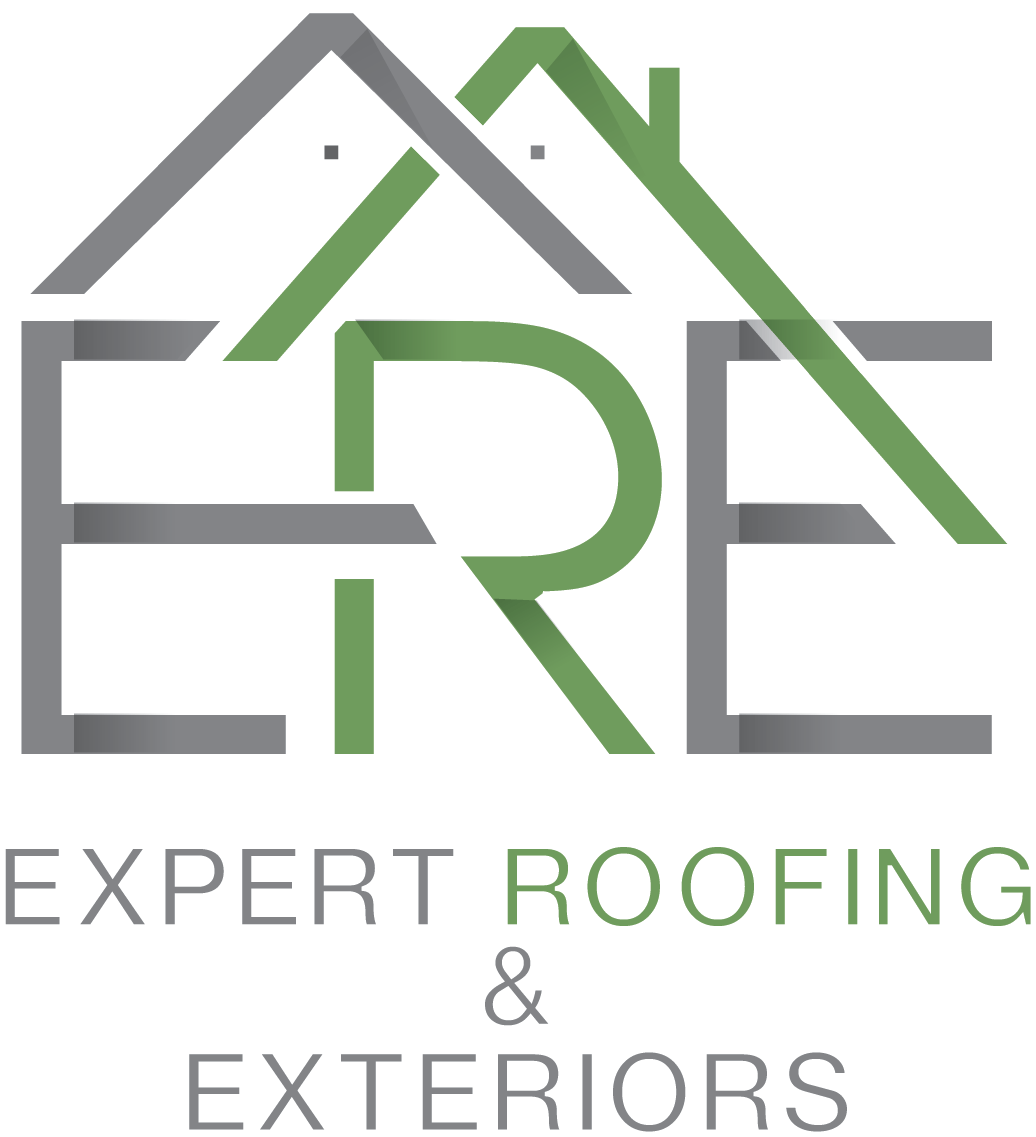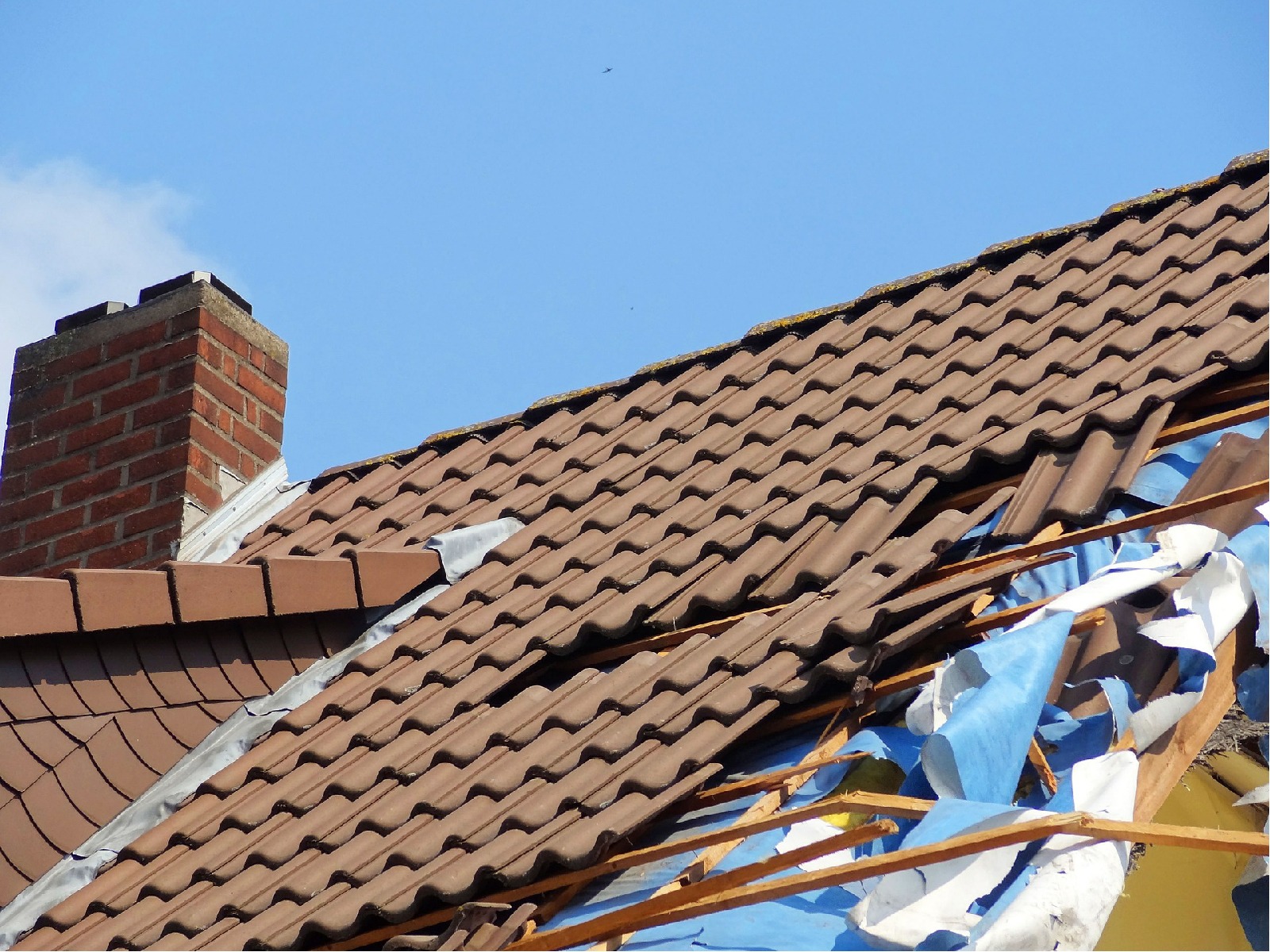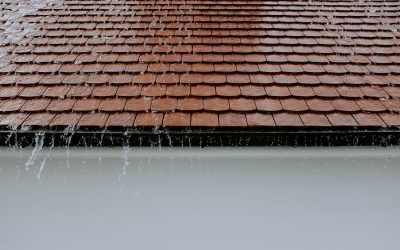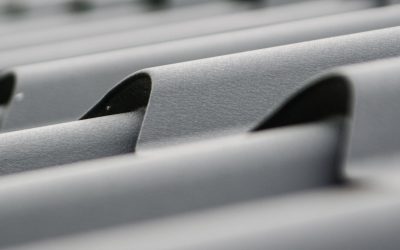Your roof is one of the most important parts of your home. Not only does it add value and curb appeal to your house, but it is also one of the first lines of defense for your home against the outside world. Roof damage can pose serious risk to both your home and the people who are inside of it. But, how do you know if your roof is damaged? Our roofing experts are going to break down some common signs of roof damage.
Internal Inspection
Let’s start with internal inspections. By internal, we mean inspections that are done from inside your home. Even though your roof is on the outside of your home, if you have significant or prolonged roof damage, you can see the signs from inside the house. Things like sunlight, leakage, and soft spots on your ceiling can all be common signs of roof damage.
Sunlight
Sunlight is great, but it should only be coming into your home through windows. If sunlight is entering your house through your ceiling (and no skylight is installed) this is a sign that your roof is damaged. Most of the time you won’t see the sunlight in the areas you spend most of your time.
The first signs of sunlight will usually be in the attic or perhaps a covered porch area. Attics typically don’t have finished ceilings so there is nothing on the inside of the roof to block the light. If sunlight is making it through your roof and into your home, there is a high chance that other things, like water, are making it in, too.
Leakage
Leakage is another way to diagnose roof damage during an internal inspection. If water from outside is making it into the inside of your house, there is definitely a problem. Water will typically first show signs in areas where the roof is traditionally weakest.
That would be where flashing has been installed – for example, around roof vents and chimneys. Another spot that may show the first signs would be around areas where holes have been drilled through the shingles and the wood of the roof itself. Those holes are typically created when adding something to your roof – like a satellite dish or solar panels.
It’s important to note that while adding things to your roof can create the potential for leakage, if it is done properly you shouldn’t have any issues. To prevent this, make sure that the person installing the equipment properly seals any areas where they attach equipment. The sealant should be weatherproof and be specifically designed for outdoor use. Click here for more information about the effects that water damage can have on your roof.
Soft Spots on Your Ceiling
Soft spots on your ceiling are usually a sign that you have leakage. If you have a finished ceiling, leakage might not immediately be present in the form of water. That’s because the water takes time to make it through the material covering the ceiling.
Soft spots can be detected in a few different ways. One of the most common is discoloration. Since the water that is leaking through the roof has been exposed to nature the water will most likely be a light brown. That light brown color will show through when the water has dried and create a “stain”.
Another common way to tell if you have soft spots is sagging. Most ceilings are made of drywall. When drywall gets wet it starts to lose some of its integrity. When a certain part of that drywall comes in contact with water it becomes heavier than normal and starts to bow or “sag”.
It is more likely for the sagging and discoloration to be the first things that you notice when inspecting your ceiling for soft spots. The reason is because “seeing” a soft spot can be difficult if it hasn’t been discolored or started sagging yet.
External Inspection
An internal inspection is the easiest inspection method. However, internal inspection means that the damage to the roof is so drastic that the roof is no longer doing its job. Catching these problems before they reach the inside of your house can prevent internal repairs and keep your home safe.
External inspections may require a person to get on their roof. While most of it can be done with a ladder, that isn’t always the case. If you are going to do an external inspection yourself, please be sure to use proper equipment to keep you safe. Also, never get on a roof without another person present on the ground. Things like shingle granules in your gutters, curled shingles, sever moss and algae, and damaged flashing are all common signs of roof damage.
If you do not have the right equipment to safely get on your roof, but you need an external inspection, our roofing experts are here to help. Give us a call at (573) 567-3177 or contact us through our contact form on our website. We will come inspect your roof for free.
Shingle Granules in Gutters
Asphalt shingles are typically made up of a combination of materials. The “rough” sand-paper like texture that is on the top is most commonly mineral granules that have been glued to the shingle. With age and constant exposure to mother nature, these granules may start to break off from the shingle.
When you clean your gutters, or after a heavy storm, if you notice these granules have started to collect in your gutters, it may be time to start the roofing replacement process. If you do have shingle granules in your gutters – don’t panic. It doesn’t necessarily mean that your roof is going to be so damaged that an immediate replacement is required. However, it means that the materials are starting to weaken.
If you see a significant amount of shingle granules our roofing experts recommend that you contact your local roofing company of choice to have a professional assessment done. If you’re located in the mid-Missouri area (Mexico, Columbia, Jefferson City, Moberly, and all of the wonderful communities in-between), Expert Roofing & Exteriors provides risk-free assessments.
Curled Shingles
A shingle inspection can help you determine if the shingles are starting to lose their strength. Your shingles should be aligned with the pitch (angle) of your roof. If your shingles are starting to bend or curl, then that means they are starting to lose strength. Curled shingles start to have problems before the full curl started happening. So, just because your shingles haven’t curled yet, doesn’t mean that they aren’t starting to degrade.
Severe Moss / Algae
We addressed moss and algae in our roofing frequently asked questions. But, we wanted to elaborate on it a bit more. Moss and algae are common in areas with a lot of humidity. Because the shingles are constantly exposed to the weather, moss and algae are just part of the climate.
In most cases, moss and algae will not become harmful for your roof. In fact, most manufacturers have treated their shingles to prevent moss and algae from growing on them. If the moss and algae are causing the curb appeal of your home to decline, there are options to have them cleaned.
Although moss and algae typically will not harm your roof, that isn’t always the case. In some instances the moss and algae can get under the shingles and that’s where problems can start. They can weaken the shingles that they are under and cause issues for the wood of your roof.
Damaged Flashing
Flashing is a thin material (most commonly galvanized steel) that is installed in areas of your roof where edges meet. Typically you will see flashing around chimneys, roof vents, and certain sloped areas on the roof. The main purpose of flashing is to prevent water from seeping into the small openings that are located in joints and other areas.
If you flashing is damage or bowing, this can be a sign that water now has the ability to penetrate your roof. Once water gets into the roof mold can start growing and internal leaks can begin. Damaged flashing may not mean that you need to replace your entire roof. You may simply need some repairs on the flashing itself.
If you think you might have some flashing that needs to be replaced, we recommend that you contact a professional to take a look. We know that the internet is filled with DIY blogs and videos that can help you investigate and repair all sorts of things around your home. However, because of the important role your roof plays in the overall safety of your home, DIY roofing projects can, if done improperly, cause more harm than good.
At Expert Roofing & Exteriors, we offer risk-free assessments to the mid-Missouri area. Many roofing contractors around the country do the same. It is much better to have a professional come take a look than to try and do it yourself and cause even more damage.
Age
One of the easiest ways to determine if your roof may be starting to show signs of damage is the age of the roof. The older your roof is, the more likely that damage is going to occur. If your roof is older than 15 years old or you are unsure of the age of your roof, then it may be time to get a professional opinion on the quality of your roof.
Recent Storms
The reason that your roof is so important, is also one of the most common reasons that roof damage can occur. A roofs main purpose is to protect you, your home, and your family from the outside elements. During major storms tree limbs, hail, and a whole range of different things can hit your roof and cause damage.
After a major storm, it is a good idea to have a professional come look at your roof. Catching any possible damage early can prevent significant leakage and structural issues down the road. And, if the damage is not extensive, it may only require some simple repairs.
Roofing Replacement Process
If your roof shows signs of damage (either internal or external) or you think it might have damage but aren’t sure, we recommend contacting a professional to come take a look. The roofing replacement process can seem stressful, but our roofing experts are here to help. We have a wide variety of resources available to help you understand the roofing replacement process, which roofing materials to pick, and more.
If you do need a roofing replacement, you might not have to pay for it out of pocket. Many homeowners insurance policies have coverage for roofs. Depending on your policy and the type of damage, you may be eligible to make a claim. Our roofing experts have you covered there, too. We have a resource document that provides more information on how the roofing insurance policy claim process works.
Your Roofing Resource
If you see any of these common signs of roof damage, or you think there might be signs but you’d like to have a professional check, Expert Roofing & Exteriors is here to help. Our dedicated team of roofing experts have 12+ years of mid-Missouri roofing experience. And, we offer risk-free assessments. For more information or to schedule a time you can call us at (573) 567-3177 or send us a message through our online contact form.





